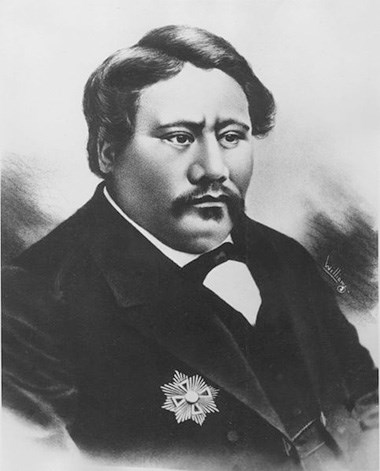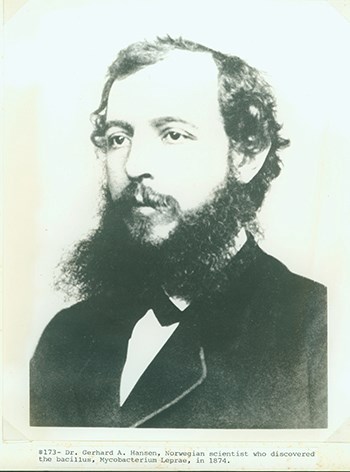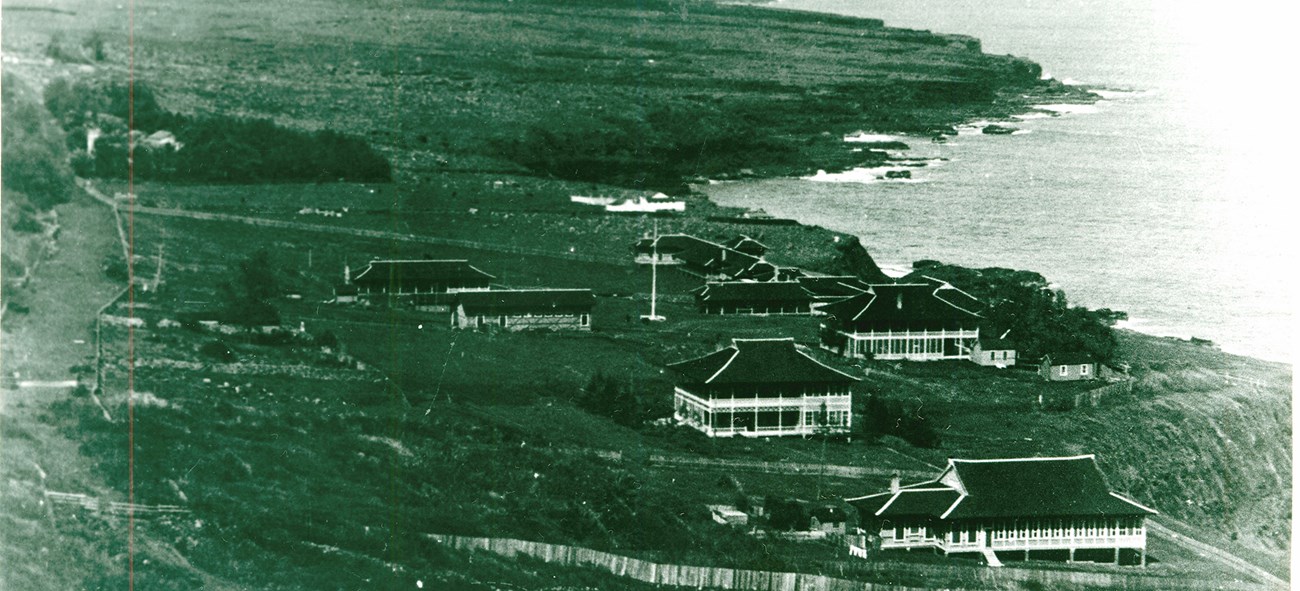Feared For MilleniaSince the early days of civilization, leprosy has been regarded as a contagious, mutilating, and incurable scourge. Humankind’s reaction to this particular disease has left a terrible black mark on world history and our collective memory – one of disfigurement, rejection, and expulsion from society. A Misunderstood DiseaseLeprosy has been one of humankind’s most feared diseases, yet it is one of the least communicable diseases. Only about 5% of the world’s population is even susceptible. For millennia, people did not understand the disease and its transmission. Its appearance, seemingly out of nowhere, made many think the disease was a punishment from God for being physically and spiritually unclean. Such beliefs have caused leprosy sufferers to be shunned by the rest of society and forced to live in isolation. Today, we know the disease is caused by a bacteria. It can be transmitted through direct person-to-person contact over a prolonged period. The disease attacks the nerves, causing severe skin and eye damage. The incubation period is much longer than for other sicknesses. Months, or even years, can pass before symptoms begin to appear. Untreated patients suffer from sores on the skin, the reabsorption of bone and cartilage by the body, and a loss of feeling and paralysis in the limbs. Over time, these effects can lead to the body’s permanent disfigurement. Eventually, the weakened body’s immune system is unable to fight off other sicknesses, resulting in death. 
A Sickness is CriminalizedWhen or how leprosy came to Hawai`i is unknown, but it appears in records as early as the 1830s. Hawaiians, having no immunities to introduced diseases, were particularly vulnerable to infection. By the mid-1800s, Hawaiians suffered death and disfigurement at alarming rates. Fearing further spread of the disease, the Kingdom of Hawai`i set aside land to confine leprosy patients. Beginning in 1865, police and district justices were required to arrest persons suspected of having the sickness. Kalihi Hospital and Detention Station in Honolulu evaluated “suspects.” Those with advanced cases were sent to Kalawao, located next to Kalaupapa. Kalawao was the original settlement on the isolated peninsula protruding from Molokai Island’s north shore. Families were torn apart by the policy. People fled, and others hid family members from authorities out of fear they would be taken away and never seen again. Some families disowned sick relatives because of the biblical shame associated with the disease. Many sick people denied their own family members to protect them from being suspected as potential carriers. The Cause IdentifiedOn the other side of the world, in 1873 Norway, Dr. Gerhard Armauer Hansen made a breakthrough discovery. He identified the cause of leprosy in his laboratory—a simple bacteria which attacks the nerves. This discovery was the first step in finding an effective treatment. Leprosy is now called Hansen’s disease to honor its discoverer and to battle the centuries-old stigma of the word leprosy. 
Kalaupapa Historical Society Collection Hope for a CureDuring the years following Hansen’s discovery, many treatments for the disease were explored in Hawai`i. Experimental treatments were commonplace throughout the Hawaiian Islands and the rest of the world. Father Damien explored the therapeutic benefits of Japanese Goto baths. The bathing regime involved daily immersions in a hot bath with herbs, coupled with the taking of herbal medicines. Though the baths did bring relief, they were not a cure. In an effort to find a cure for the disease, the United States government established a research and treatment facility. In July 1909, the U.S. Leprosy Investigation Station opened its doors. The state-of-the-art facility was established to treat patients and conduct research to find a cure. No expense was spared on the 68,000 ft² campus, which included flushable toilets, electricity, and refrigeration units. However, the experimental treatments would confine participants to the hospital grounds. In the end, only nine patients volunteered to participate. Such a small number of participants did not bode well for research and experimentation. Similar research was also being done at the same time at Kalihi Hospital in Honolulu, and eventually, all research was moved there. The U.S. Leprosy Investigation Station was abandoned in 1913. In the early 1900s, chaulmoogra oil was the primary treatment for the disease. The oil is extracted from chaulmoogra tree seeds and was used throughout Southeast Asia in Hansen’s disease treatments. The oil was administered externally and by injection. Many of the disease’s effects appeared to disappear, and it was thought to be the source of a possible cure. But, by the 1920s, not enough cases responded to the treatment, and hope for a cure faded. It was not until the mid-20th century that a cure for Hansen’s disease was finally found and brought to the Hawaiian Islands. 
Kalaupapa Historical Society Collection The End of IsolationIn 1941, Dr. Guy Faget used a newly developed sulfone drug, Promin, to treat patients at the U.S. Public Health Service National Leprosarium in Carville, Louisiana. After months of treatment with the new drug, the disease’s physical effects and transmission capacity were completely arrested. A cure had finally been found. Almost thirty years would pass before Hawai`i’s isolation policy was finally abolished in 1969. More than 8,000 people died at Kalaupapa during the 103-year period of isolation. For many people of Hawaiian descent, a visit to Kalaupapa is a chance to research and reconnect with family that may have been “lost” for generations. Today people living with Hansen’s Disease continue to receive treatment from the State of Hawai`i Department of Health in Kalaupapa and Honolulu. Patients still living at Kalaupapa now choose to do so. During their lives, they have seen major advances in medical knowledge, drug treatments, and social attitudes. The World Health Organization now estimates 1.15 million registered cases of Hansen’s Disease in over 55 countries. Around the world today, an ongoing effort to end discrimination against people living with Hansen’s Disease is underway through public education, community acceptance, and patient demands for their human rights.
|
Last updated: November 9, 2022
